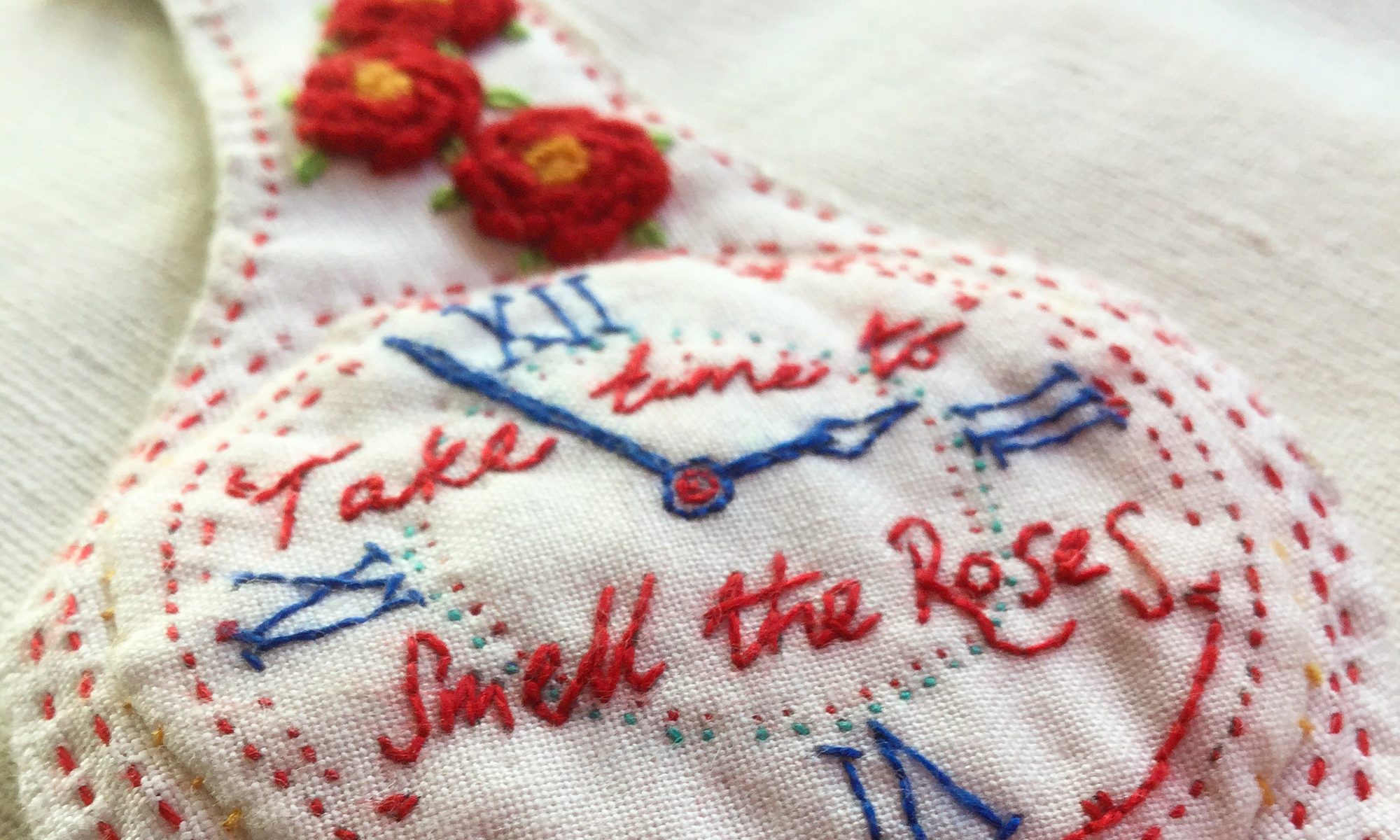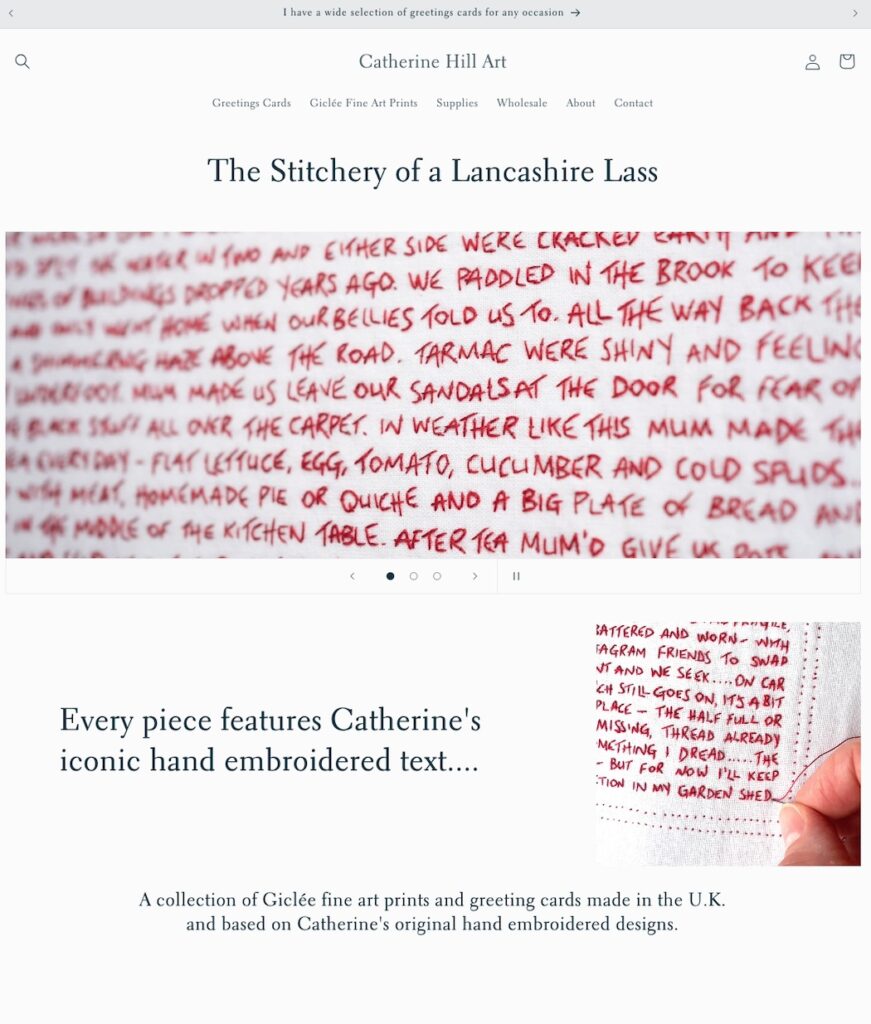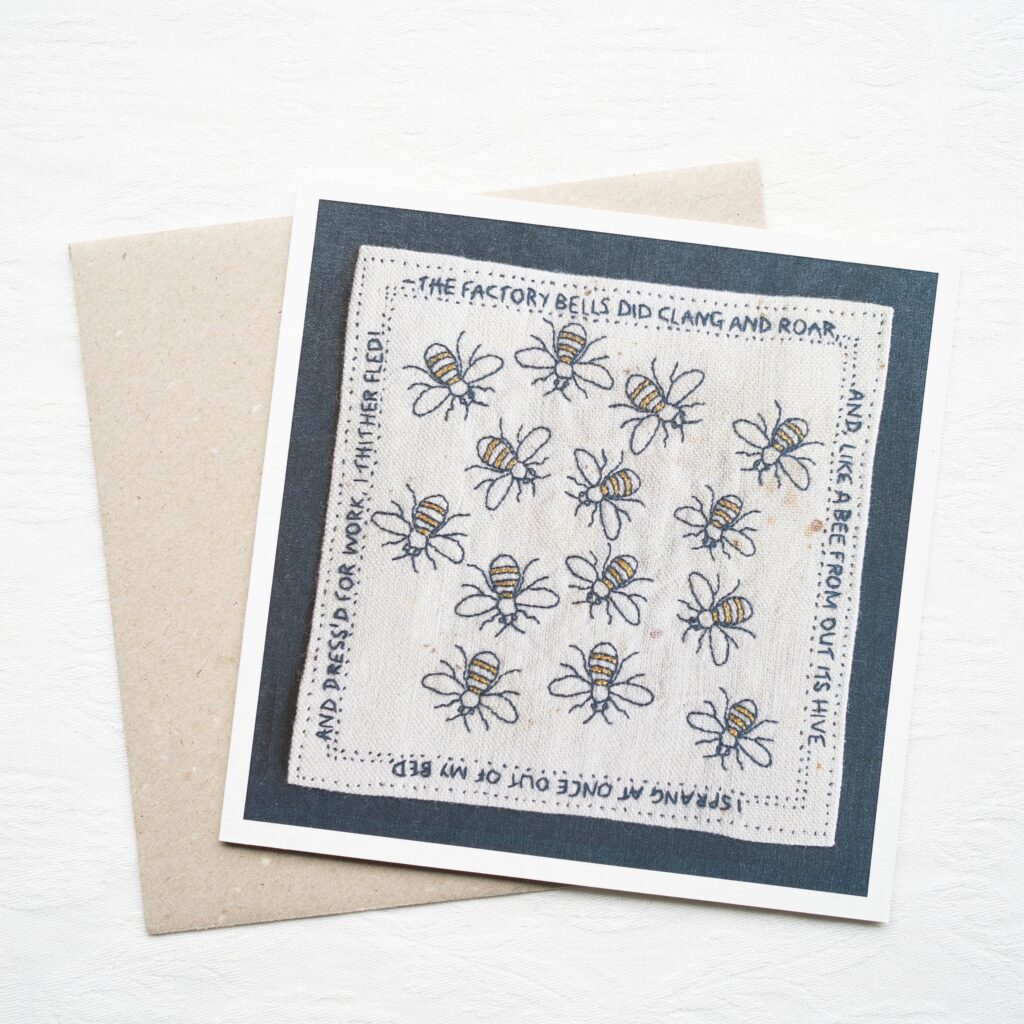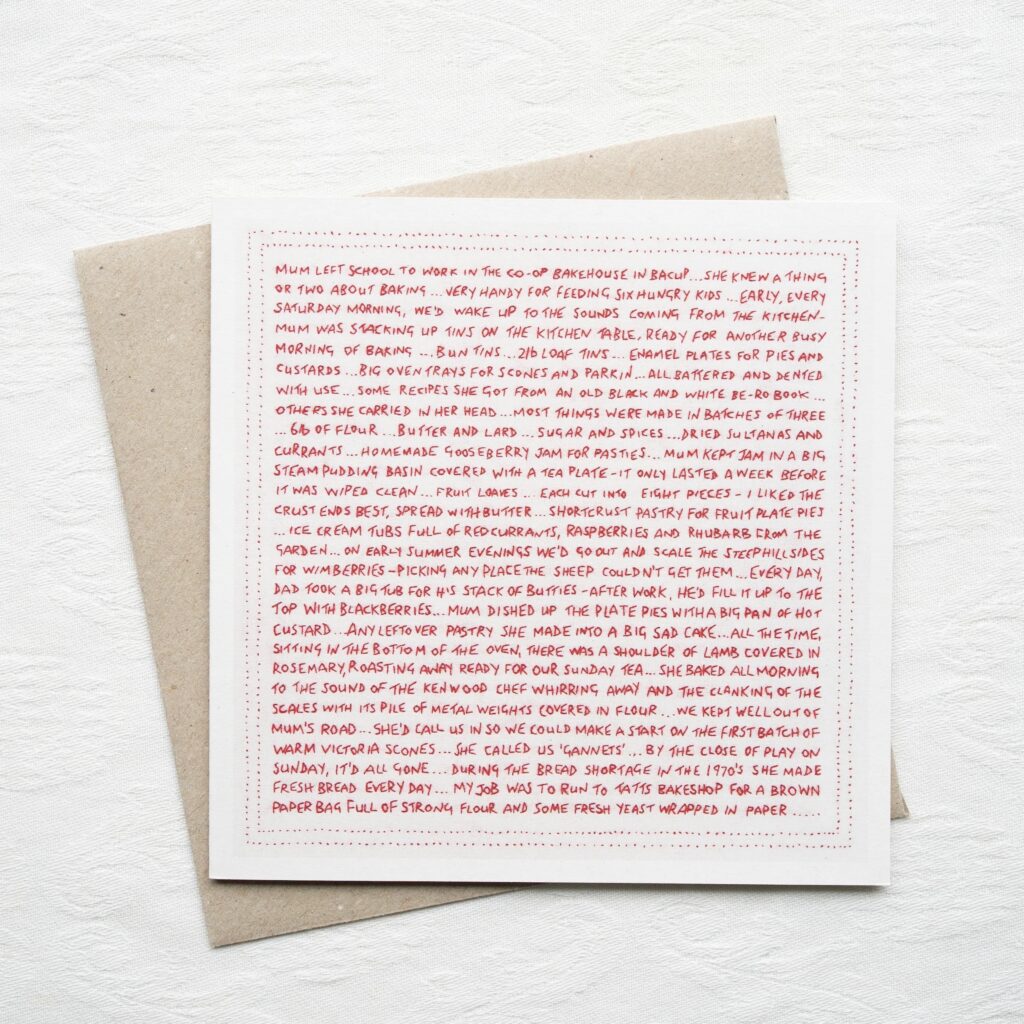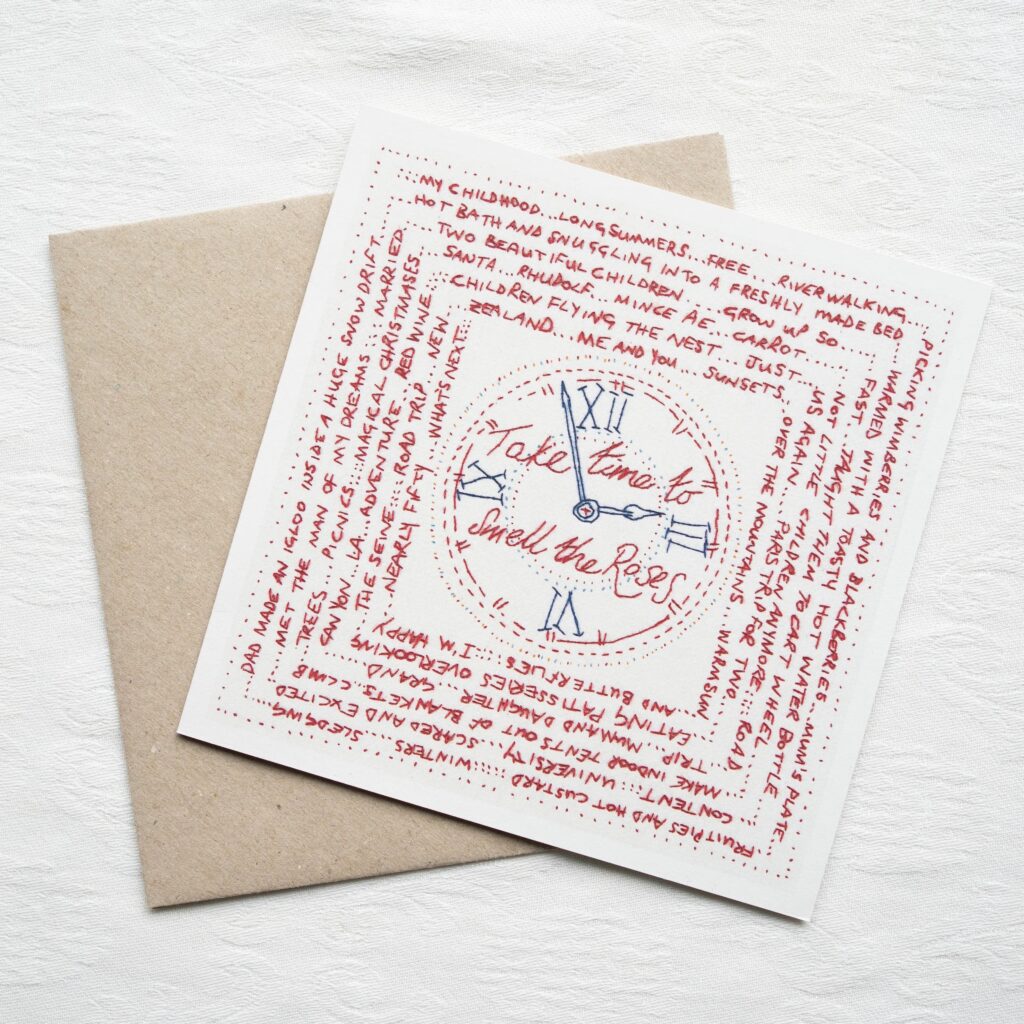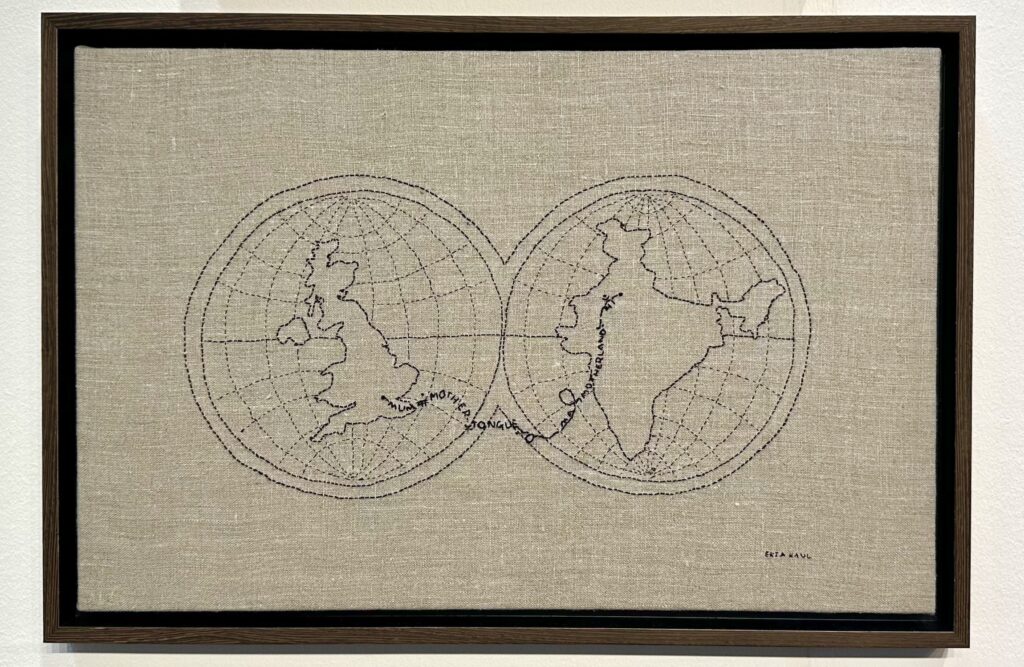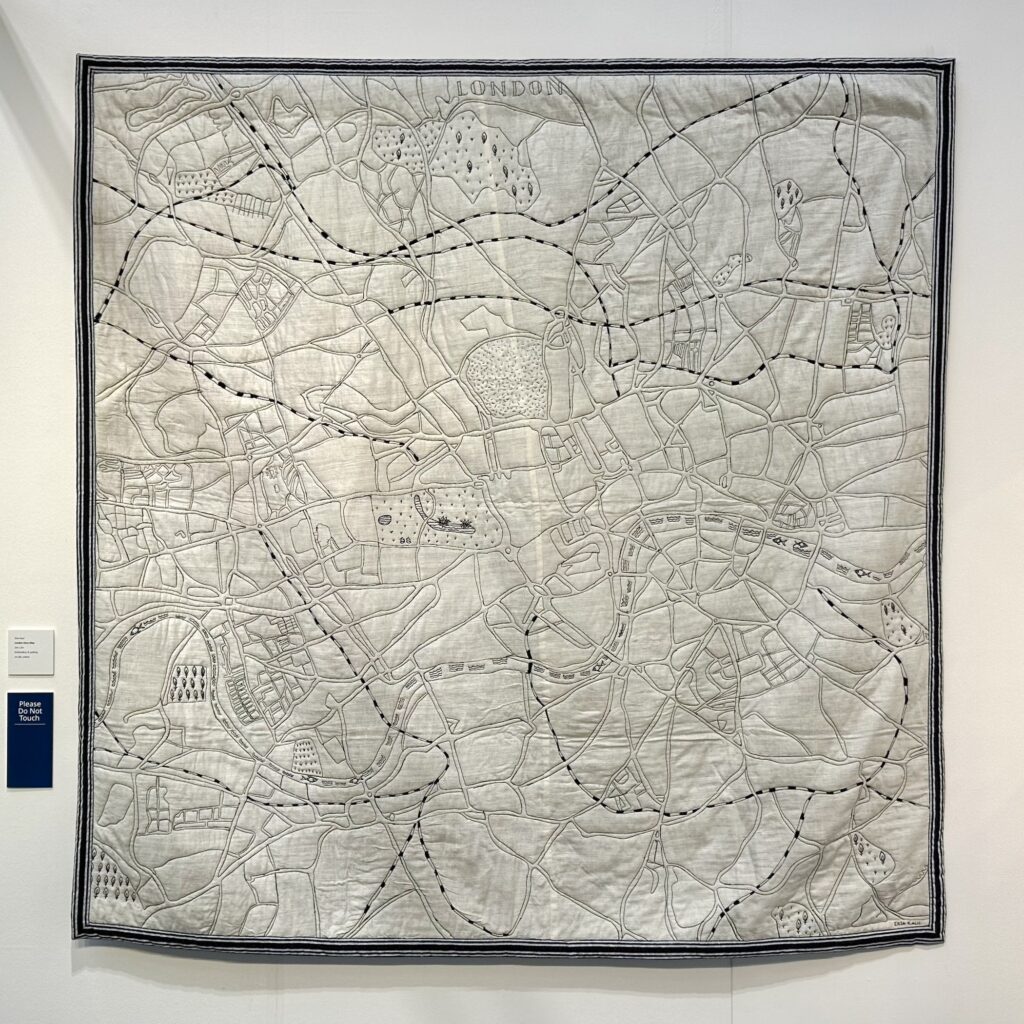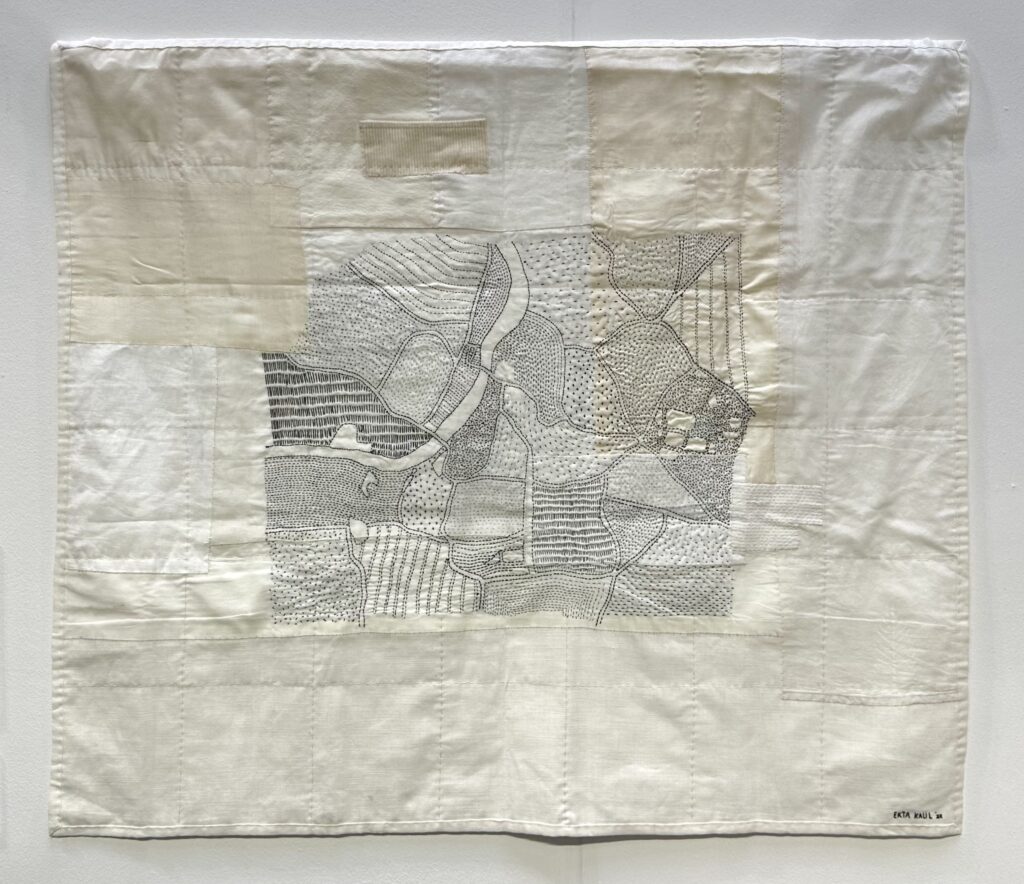Quilter, author and tutor, Lynne Edwards is a world-renowned expert in patchwork and quilting techniques, both hand and machine. Her previous books include The Sampler Quilt Book, The New Sampler Quilt Book, Making Scrap Quilts to Use It Up, Stashbuster Quilts and Cathedral Window Quilts.
Lynne Edwards: https://www.instagram.com/lynneedwards_mbe03
Lynne Edwards
For over fifty years, Lynne has been making quilts and consistently passing on ideas and techniques to others through classes, books and magazines. Lynne was awarded an MBE in 2008 for services to arts and crafts.
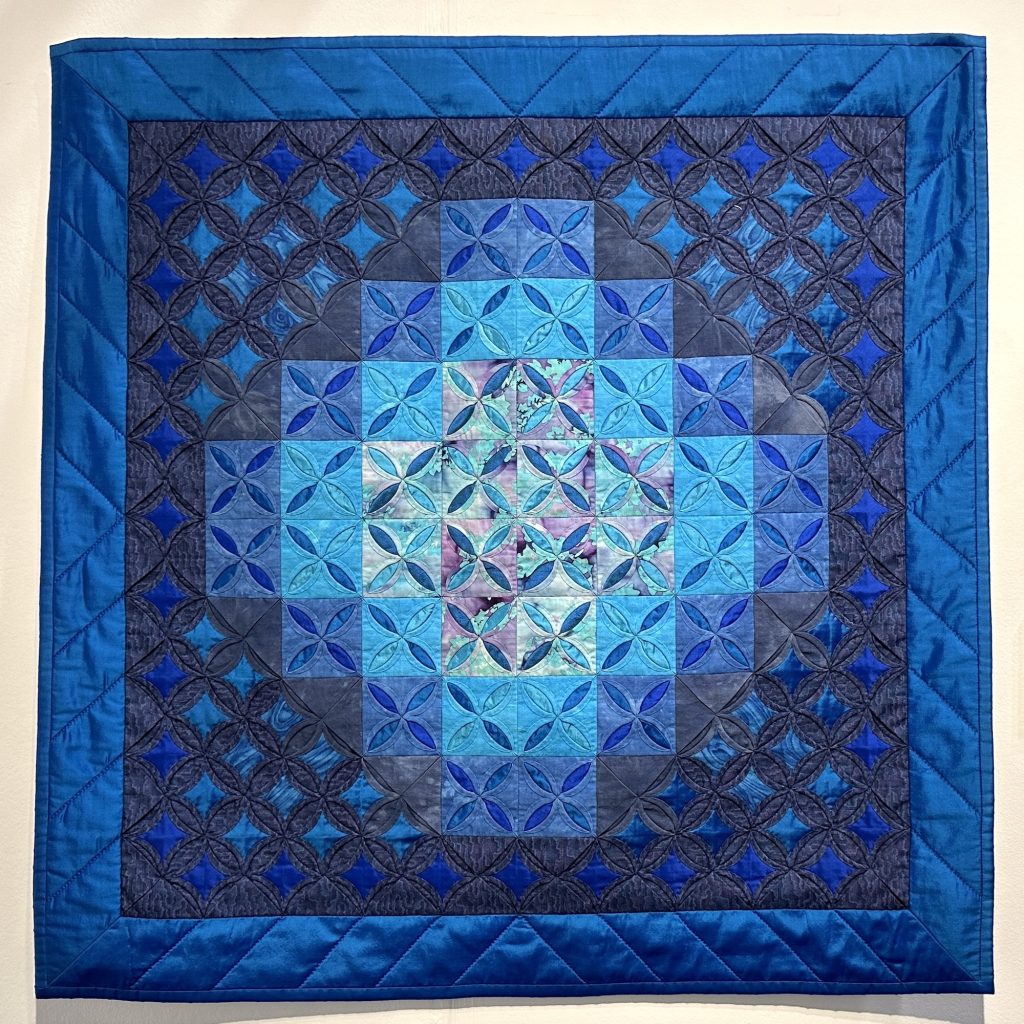
In 2000, Lynne was given honorary lifetime membership of the Quilter’s Guild of the British Isles, and in 2002 was awarded the Amy Emms Memorial Trophy for services to quilting.
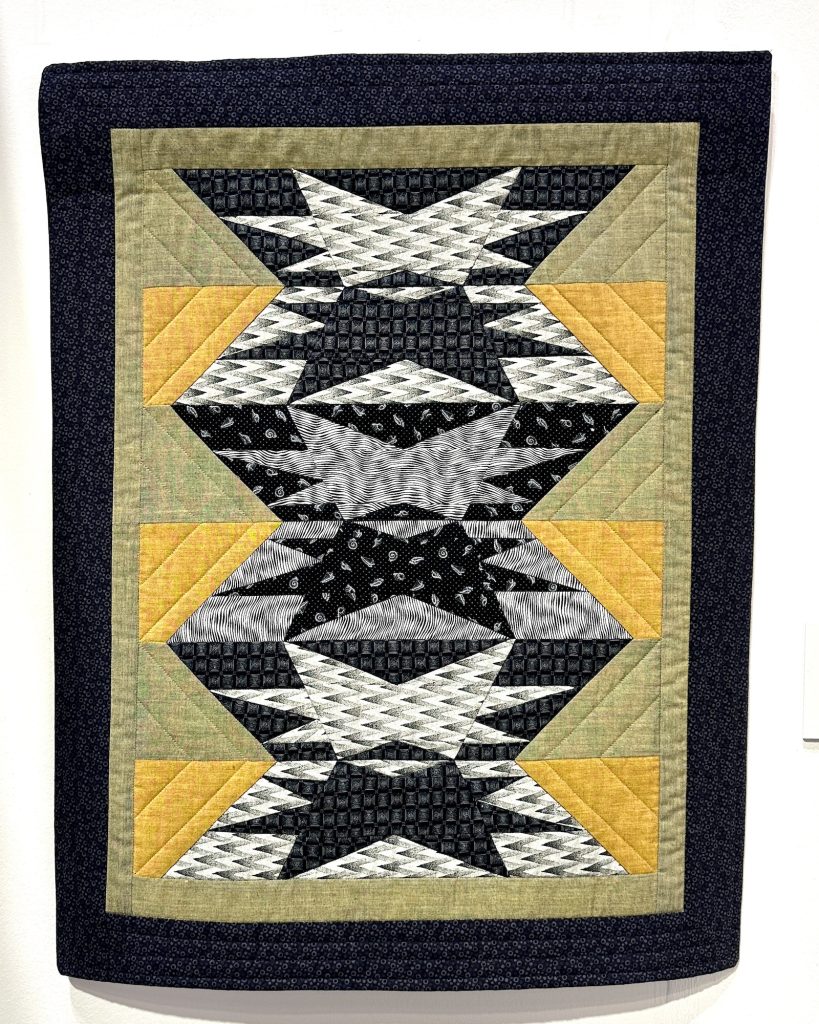
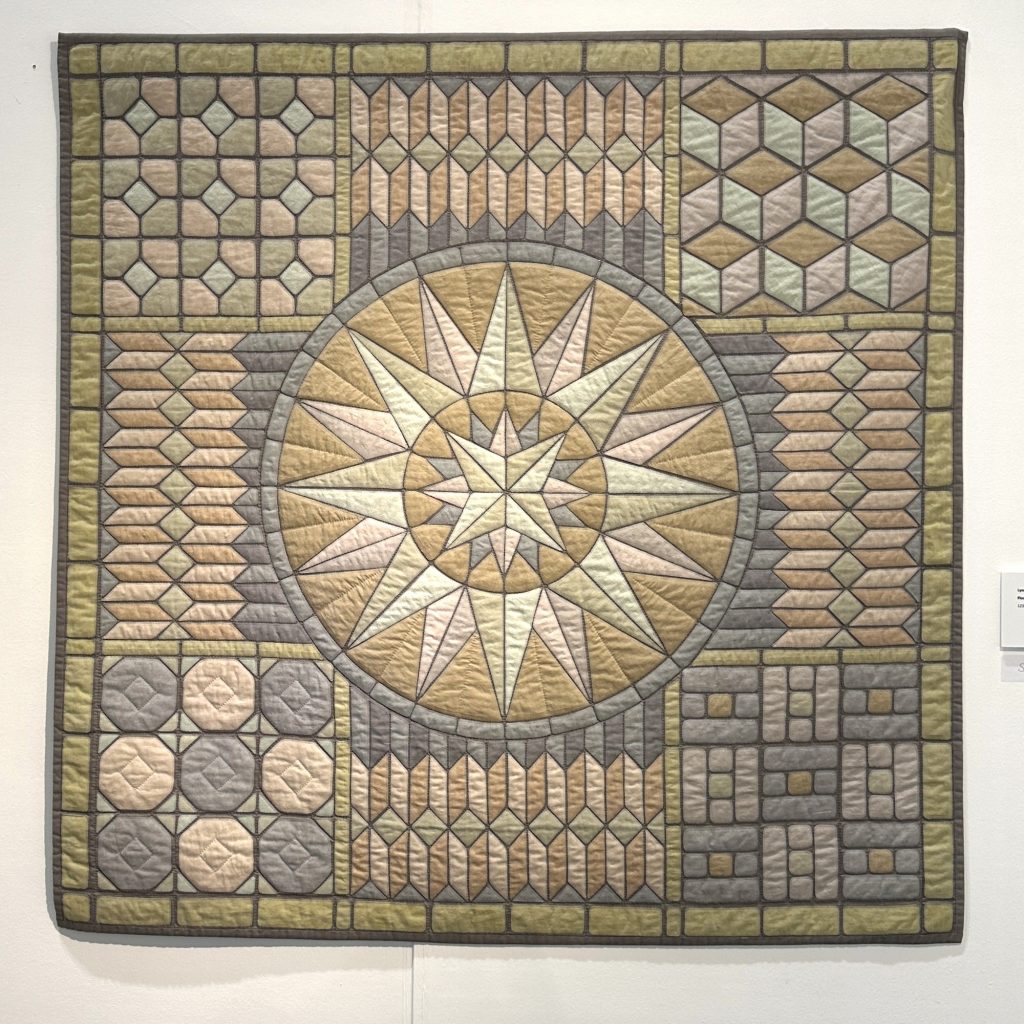
Filmed at the Festival of Quilts 2024.
For a more inspiration, please browse the ‘Meet the Artist’ collection on my YouTube Channel.
Books by Lynne
Lynne is a prolific writer and has published numerous books over the years. Here are just a small sample of the books that are available to read at your local library or purchase online.
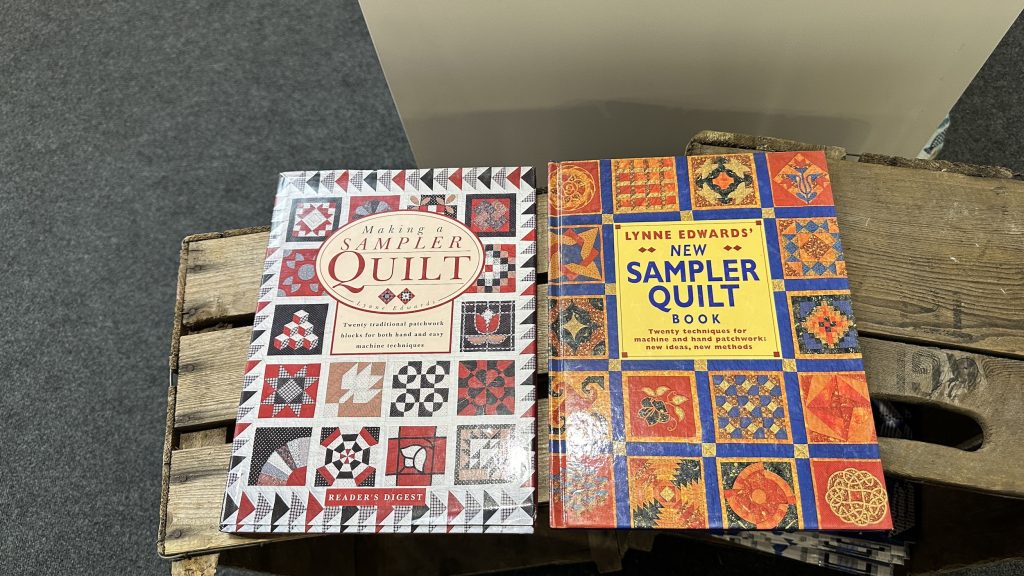
New Sampler Quilt Book: https://amzn.to/4dsPI4H
The Essential Sampler Quilt Book: A Celebration of 40 Traditional Blocks from the Sampler Quilt Expert: https://amzn.to/4fAtiAb
Making Scrap Quilts To Use It Up: 20 Complete Designs for Leftover Fabric:https://amzn.to/46x30uI
Cathedral Window Quilts: The Classic Folded Technique and a Wealth of Variations: https://amzn.to/46Aflyf
Stash-Buster Quilts: Time-Saving Designs for Fabric Leftovers: https://amzn.to/3WPqmIH
Further reading
If you’ve enjoyed watching this video, you might like the work of Denise Labadie featured in a video from the Festival of Quilts 2023.
